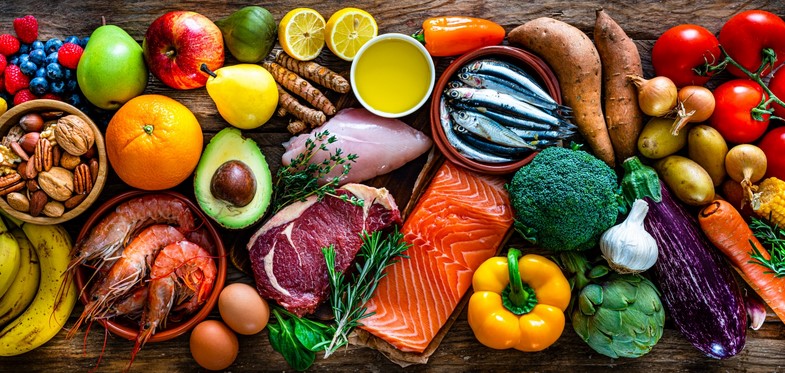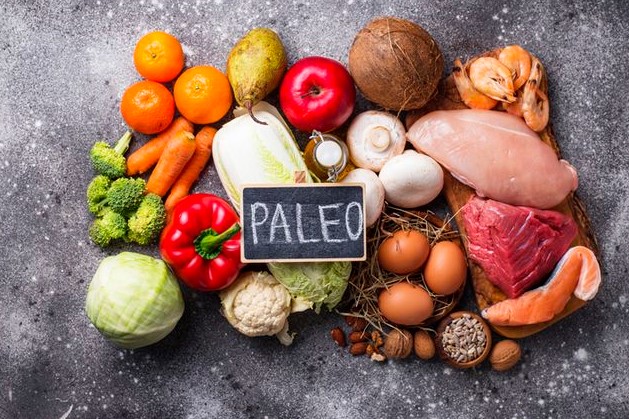The autoimmune paleo diet is a protocol to eliminate the foods that cause inflammation and autoimmune disease. It includes dairy, gluten, grains, legumes, alcohol, and certain NSAIDs. The diet also involves eliminating and reintroducing certain foods that are nutrient-dense, such as fruits, vegetables, nuts, and seeds.
As the number of people with autoimmune diseases (from Type 1 diabetes to celiac disease) continues to rise, it’s important that we all become aware of some healing diet options. What better way to deal with these chronic illnesses than by experimenting with an anti-inflammatory diet? There is a growing body of evidence that the inherent imbalance between our inflammatory and anti-inflammatory diets can lead to a wide range of different symptoms and diseases.
Elimination of dairy, gluten, grains, legumes, alcohol, added sugars and NSAIDs
The autoimmune paleo diet consists of avoiding foods that may cause inflammation and autoimmune disease. This type of diet limits consumption of foods that contain the advanced glycation end products (AGEs), which may trigger conditions like Crohn’s disease and ulcerative colitis. In addition, many people with autoimmune disease react negatively to lactose, so limiting dairy intake can help to minimize symptoms. This type of diet also eliminates nightshade family vegetables such as potatoes and tomatoes.
The AIP diet aims to reverse the symptoms of leaky gut. It purports to heal the condition known as hyperpermeability, in which the intestinal lining is too weak to prevent the entry of larger molecules and bacteria. Gluten proteins and grains widen intestinal pores, allowing unwanted substances and germs to enter the body.

Reintroduction of nutrient-dense foods
If you’ve completed the elimination phase of your autoimmune paleo diet, you’re ready to reintroduce nutrient-dense foods to your diet. Be sure to monitor your symptoms and lab tests for at least five to seven days. The goal of this reintroduction phase is to improve your symptoms by eating foods that your body is used to, while maintaining the healthiest diet possible.
To help your body heal, you need to focus on reducing inflammation and replacing it with nutrients. For example, foods high in omega-3 fatty acids and fiber are recommended for autoimmune paleo patients. You should also avoid non-steroidal anti-inflammatory drugs and processed foods, which can cause inflammation and even autoimmune diseases. Some exceptions to this rule include slippery elm bark, licorice root, ashwagandha, oat seed, and chlorella, which act as immune stimulants.
Finding food products that are AIP-compliant
When first starting the AIP diet, finding food products that are AIP-compliant can be overwhelming. There are several ways to shop for the foods you want without compromising your diet. Start by looking at the Food Sourcing Page, which lists recommended AIP-friendly stores and has quick shop categories. You can also look for products labeled for specific stages of the AIP.
Some of the best AIP-compliant food products are packaged snacks. These can be bought in bulk and portioned into containers or zip locks. This will help you avoid overeating and save you time. Look for packaged snacks with a balance of carbs, fat, and protein. This will help you feel full longer and maintain a stable blood sugar level.

Finding autoimmune paleo diet recipes
Finding recipes for the autoimmune paleo diet can be a challenge, but it’s not impossible. A cookbook specifically designed for this diet contains all of the information you need to know about this diet, including how to plan your meals and how to reintroduce foods that were previously off-limits.
Many recipes include a wide range of nutrient -dense foods, including meat and vegetables. These recipes are also free of the common food components that trigger autoimmune conditions.
The autoimmune protocol is a powerful healing diet for those recovering from autoimmune diseases. It cuts out foods that are detrimental to their health, such as grains and pasteurization-treated foods, while emphasizing healing foods like fermented vegetables. Although it takes time to adjust to this new way of eating, the payment comes in the form of decreased inflammation within the body and an improvement in overall health and well-being.








